Email marketing is one of the best ways to reach your customers directly. It helps you connect with people and share your products or services. But, to be successful, you need good strategies. Benchmarking these strategies is important because it helps you see what works and what doesn’t. In this post, we will discuss some simple, effective Benchmark Email Content Marketing Strategies that can enhance your email campaigns.
Why is Email Marketing Important?
Email marketing helps you build a relationship with your audience. It is one of the oldest forms of online marketing. But it is still very effective. Why? Because email is personal. People check their emails every day. If you send the right message, they will pay attention.
Email marketing can increase sales and keep customers satisfied. It can also attract new clients. A strong email strategy boosts your brand’s visibility. Well-crafted emails make a big impact.
What is Email Content Marketing?
Email content marketing is about creating messages that provide value to your audience. The goal is to engage, inform, or entertain. These emails should not only promote a product or service but also build trust.
For example:
- You can send a helpful blog post.
- Or, you can offer a discount on a product they like.
- You can even send a reminder for something they showed interest in before.
The content you send should be useful, relevant, and interesting. It’s all about creating value for your readers.
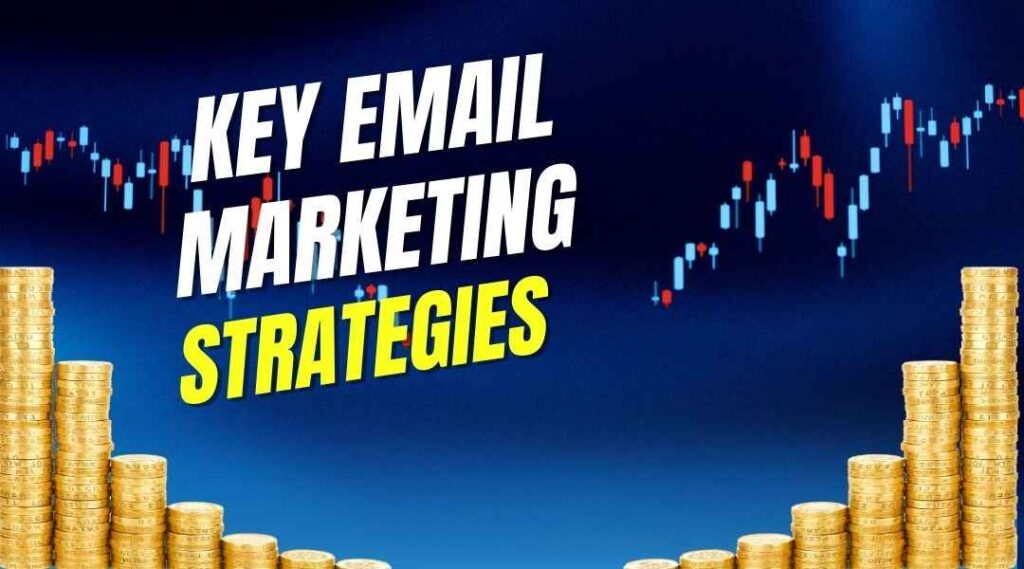
Key Email Marketing Strategies
Now that we understand email marketing, let’s explore ways to improve it. Here are some effective Benchmark Email Content Marketing Strategies that will help you engage your audience and get better results.
1. Know Your Audience
Before you send any emails, you must understand your audience. Who are they? What do they like? What do they need? Once you know these answers, you can create emails that speak directly to them.
For example:
- If your audience loves shopping, send them offers or discounts.
- If they are business owners, send tips or advice that will help their business grow.
Use surveys to learn about your audience. Check website and social media data too.
2. Create Attention-Grabbing Subject Lines
The subject line is the first thing people see in their inbox. If it doesn’t catch their eye, they might ignore the email.
Here are some tips for writing great subject lines:
- Keep it short and clear.
- Add curiosity, but don’t mislead your readers.
- Use numbers, like “5 Tips to Improve Your Business.”
- Use emojis if it fits with your brand’s tone.
The subject line is your chance to make a good first impression. Make it count!
3. Personalize Your Emails
People like it when they feel special. Personalization is key to creating a connection. Instead of just using a generic greeting, try to use the person’s name or mention something they care about.
For example, instead of saying “Hello Customer,” you can say, “Hi Sarah, We have a special offer for you!”
When emails are personalized, they feel more personal and meaningful. This increases the chances that the recipient will open and read your email.
4. Make Your Emails Visually Appealing
The design of your email is just as important as the content. An email that is hard to read or looks messy will not get good results. Make sure your emails are easy to read on any device. Use large text, clear headings, and well-organized sections.
Images also help. You can add relevant pictures, but don’t make the email too busy. Keep it clean and simple.
5. Offer Value in Your Emails
When sending an email, always think: What value am I offering to the reader? If emails only promote products, people may lose interest. Providing value keeps them engaged.
For example, send:
- Helpful tips.
- Interesting news related to their interests.
- A free resource (like an eBook or a checklist).
By offering value, you show that you care about your readers’ needs. This will keep them coming back to open your emails.
6. Optimize for Mobile
Most people check their emails on their phones. That means it’s very important that your emails look good on mobile devices. If your emails don’t display properly on a phone, the reader will likely delete them without even reading. To improve email marketing performance, it’s essential to follow Benchmark Email Content Marketing Strategies that ensure mobile optimization.
Here are some tips for mobile optimization:
- Use short subject lines. Mobile screens have limited space.
- Keep your email design simple and clean.
- Make buttons big enough to click easily.
- Make sure your text is readable without zooming in.
Making your emails easy to read on any device increases audience engagement.
7. Use a Clear Call-to-Action (CTA)
A Call-to-Action (CTA) is what you want your audience to do after reading your email. Whether you want them to buy something, click a link, or download a file, your CTA should be clear and easy to find.
Here are some examples of CTAs:
- “Shop Now”
- “Learn More”
- “Get Your Discount”
Make sure your CTA stands out in the email. Use a button or bold text to make it noticeable. The clearer and easier it is for your audience to take action, the more likely they will do it.
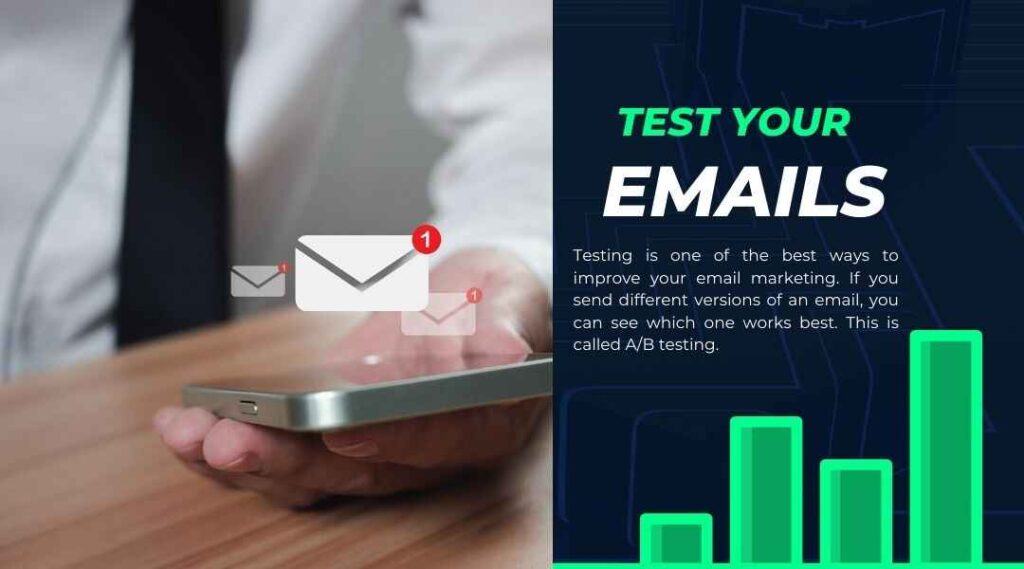
8. Test Your Emails
Testing is one of the best ways to improve your email marketing. If you send different versions of an email, you can see which one works best. This is called A/B testing.
For example:
- You can test two subject lines to see which one gets more opens.
- You can test different images or designs to see which one gets more clicks.
- You can test the time of day you send emails to see when people are most likely to read them.
By testing, you will know what works for your audience and what doesn’t. This allows you to improve your future emails and get better results.
9. Send Emails at the Right Time
Timing is very important in email marketing. You want to send your emails when your audience is most likely to open and read them.
The best time to send emails can vary, but here are some general tips:
- Weekdays: Most people check their email in the morning, during lunch, or in the afternoon.
- Avoid weekends: People may not check emails as often on weekends.
- Avoid busy times: For example, avoid sending emails right after a holiday when people might be busy.
The best way to find the perfect time is to test and see when your audience responds the most.
10. Focus on the Right Frequency
Sending too many emails can annoy your audience. But if you send too few, they may forget about you. You need to find the right balance.
Start by sending emails once or twice a week. Pay attention to how your audience reacts. If they engage with your emails, you can try sending more. If they stop opening them, you may want to send fewer emails.
It’s all about understanding what your audience wants and giving them the right amount of content.
11. Build an Email List
A strong email list is key to success in email marketing. You want to grow your list with people who are genuinely interested in your products or services.
Here are some ways to grow your email list:
- Offer a free resource, like an eBook or a guide, in exchange for their email.
- Add a signup form to your website and social media pages.
- Encourage people to share your emails with their friends.
The more people on your list who are interested in what you offer, the better your results will be.
12. Automate Your Emails
Email automation saves you time and effort. With automation, you can set up emails that send automatically when certain actions happen.
For example:
- Send a welcome email when someone subscribes to your list.
- Send a follow-up email after someone makes a purchase.
- Send a reminder email for an abandoned cart.
Email automation keeps you connected with your audience. It saves time by sending emails automatically. It also ensures that your audience gets the right message at the right time.
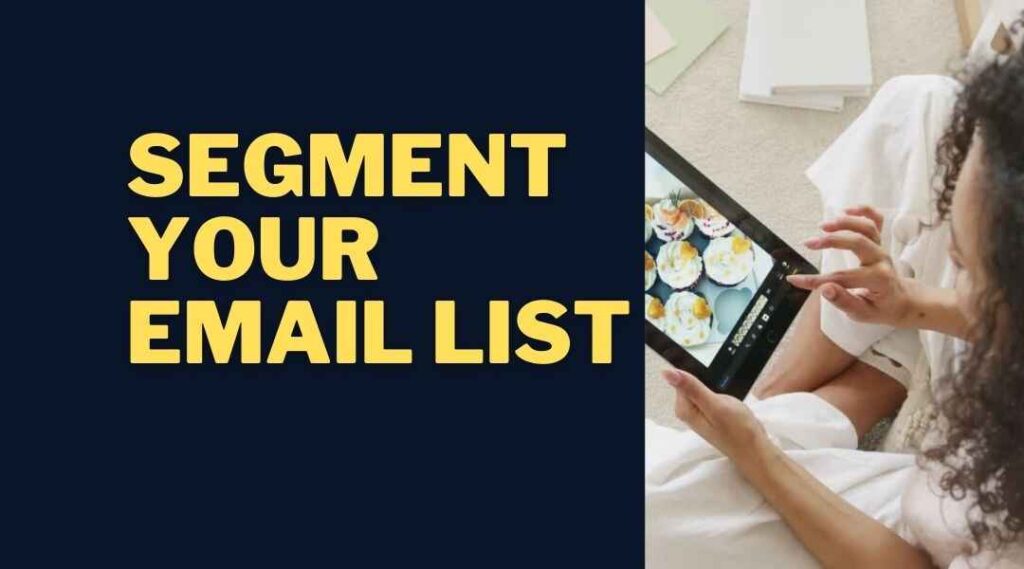
13. Segment Your Email List
Not all of your subscribers are the same. Some may be new, while others have been with you for a long time. Some may only be interested in certain products, while others may want general updates.
By segmenting your email list, you can send the most relevant emails to each group. Benchmark Email Content Marketing Strategies suggest segmenting your list to increase engagement.
Here are some ways to segment your email list:
- By location: Send region-specific offers or news.
- By interests: Group customers based on the products they’ve bought or shown interest in.
- By behavior: Send different emails to people who have opened past emails versus those who haven’t.
The better you segment your list, the more relevant your emails will be. This will help increase engagement and improve your email marketing results.
14. Keep Your Emails Short and Simple
Your audience has limited time to read your emails. Keep your content short and to the point. Don’t overload your readers with too much information. Instead, focus on one key message per email.
- Use bullet points to make the content easy to read.
- Write short sentences and avoid complex words.
- Stick to one or two main ideas in each email.
Remember, the goal is to give value without overwhelming your readers. If you keep it simple, your audience will appreciate it and be more likely to engage.
15. Use Social Proof
Social proof is when you show that other people trust your brand. Use reviews, testimonials, or examples of customer success. They show how people benefit from your products or services.
Adding social proof to your emails can help build trust with your audience. When people see that others are happy with your product, they are more likely to take action.
For example:
- Add a testimonial from a happy customer in your email.
- Show the number of people who have bought a product or signed up for your service.
- Share positive reviews or ratings.
Social proof makes your emails feel more trustworthy and encourages people to engage with your brand.
16. Keep Improving Your Emails
Email marketing is always evolving. What works today might not work tomorrow. To stay ahead, you must constantly improve your emails.
Here’s how you can keep improving:
- Look at your analytics: Track open rates, click rates, and conversions to see what’s working and what isn’t.
- Ask for feedback: Survey your audience to learn what they like and don’t like about your emails.
- Keep up with trends: Stay updated on the latest email marketing trends, like interactive emails or AI-powered content.
By always looking for ways to improve, you can keep your email marketing fresh and effective.
17. Be Consistent
Consistency is key in email marketing. If you send too many emails too fast, your audience might get overwhelmed. If you send emails too rarely, they might forget about you.
Set a regular schedule for your emails. This could be once a week, twice a month, or whatever fits your audience. The important thing is to stay consistent.
Being consistent helps build trust. Your audience will know when to expect your emails, and they will look forward to them.
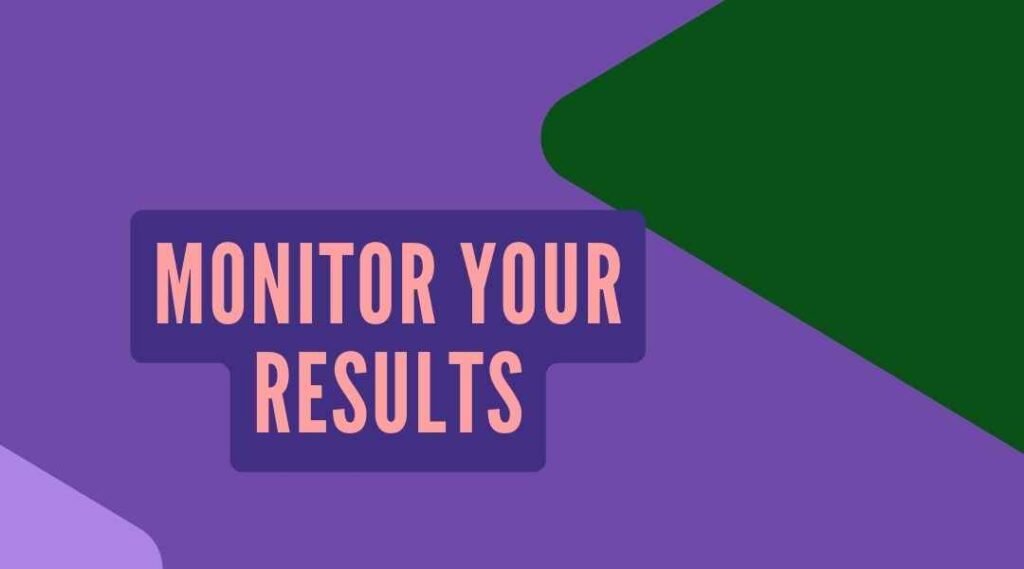
18. Monitor Your Results
Once you start sending emails, it’s important to monitor the results. You should always track how well your emails are performing.
Here are some key email metrics to track:
- Open rate: How many people open your email.
- Click-through rate (CTR): How many people click on links in your email.
- Conversion rate: How many people take the action you want, like buying something or signing up.
By monitoring these numbers, you can see what works and what doesn’t. This helps you improve your future email campaigns.
19. Use Email Drip Campaigns
An email drip campaign is a series of automated emails that you send over time. These emails are designed to guide a subscriber through a journey with your brand.
For example:
- Welcome email: When someone first joins your list, send them a welcome email.
- Follow-up emails: Send a few more emails with helpful content or offers.
- Nurturing emails: After a while, send emails to keep the relationship alive.
Drip campaigns keep you connected with your audience. They build relationships and encourage purchases. You can set these up in advance and let them run automatically.
20. Provide Exclusive Offers to Your Email Subscribers
Everyone loves a good deal. That’s why offering exclusive discounts or promotions to your email subscribers is a great strategy.
When people know they can get special deals only by being on your email list, they will be more likely to subscribe.
Some ideas for exclusive offers:
- Early access to sales or new products.
- Special discounts only for email subscribers.
- Free shipping on their next order.
By offering exclusive deals, you give people a reason to stay on your email list and engage with your content.
21. Build Trust with Consistent Branding
Your emails should reflect your brand’s personality. Use the same colors, fonts, and tone that match your website and other marketing materials.
Consistency in branding helps build trust. A consistent design and tone make your audience feel comfortable. This increases the chances they’ll open your emails.
Here’s how to ensure consistent branding:
- Use your logo in the email header.
- Stick to a specific color scheme that matches your website.
- Use the same style of writing you use in other parts of your business.
When your emails align with your brand, your audience trusts you more. They’re also more likely to interact with your emails.
22. Avoid Spam Traps
Spam traps are fake email addresses that ISPs (Internet Service Providers) use to catch spammy email senders. If your emails get flagged as spam, they will go straight to the spam folder, and your audience won’t see them.
Here’s how to avoid getting trapped in spam:
- Always use a double opt-in system when people subscribe to your email list. This confirms that they really want to receive your emails.
- Never buy email lists. These are often filled with fake or inactive emails that can hurt your deliverability.
- Keep your email list clean by removing inactive subscribers regularly.
By avoiding spam traps, you’ll ensure that your emails reach your audience and don’t end up in their spam folder.
23. Be Transparent and Honest
Honesty is important in email marketing. Don’t make promises you can’t keep. Be clear about what your audience can expect when they sign up for your emails.
If you are offering a discount, make sure the terms are clear. If you are promoting a product, explain how it works. Don’t mislead your audience.
Transparency builds trust. When people trust you, they are more likely to open your emails and take action.
24. Follow Legal Guidelines
Email marketing comes with some legal responsibilities. Different countries have laws that protect consumers from spammy email practices.
Some laws to be aware of include:
- CAN-SPAM Act: A U.S. law requires an unsubscribe link in emails. You must also include your business address.
- GDPR: A European law that protects people’s data and privacy. If you are in the EU or have customers in the EU, you need to follow GDPR rules.
Make sure you understand the laws in your region and follow them carefully. Following legal guidelines protects your business and builds trust with your audience.
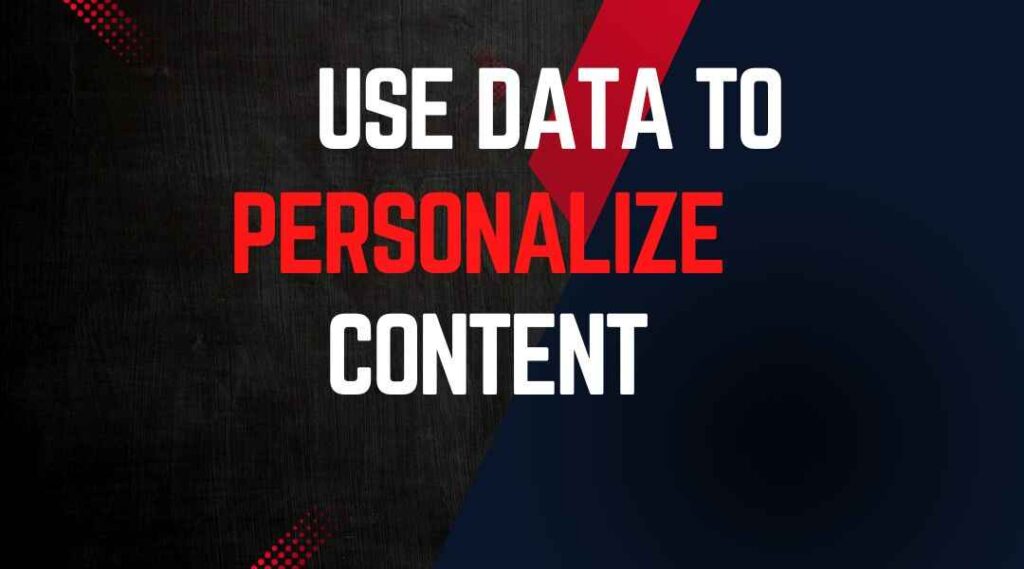
25. Use Data to Personalize Content
Personalization goes beyond using someone’s name in an email. Use data to personalize content for each recipient. Tailor emails based on preferences and past interactions.
For example:
- If a customer bought a product, send them an email with related items they might like.
- If someone clicked on a blog post in the past, send them more content related to that topic.
By using data to personalize your emails, you make them more relevant and engaging. This increases the chances of getting more clicks and conversions.
26. Keep a Clean and Updated Email List
Keep your email list clean and updated for success. An accurate list improves engagement. It helps reach the right audience. This boosts your marketing results.
Here’s how to keep your email list clean:
- Remove inactive subscribers: If someone hasn’t opened your emails for months, remove them. Keep your list clean and active. This keeps your list healthy and ensures that your metrics are accurate.
- Ask for updates: Sometimes people change their email address. Ask subscribers to update their info regularly. This helps you reach them effectively.
- Segment based on engagement: Consider segmenting your list by how active subscribers are. You can then send different types of emails to engaged versus inactive users.
Cleaning your list often helps with email delivery. It ensures your emails reach interested people.
Interactive emails are becoming more popular, and for a good reason. They help your audience interact with your emails. This can increase clicks and engagement.
27. Use Interactive Email Features
Some interactive elements you can use:
- Polls or surveys: Ask your audience for their opinions and feedback.
- Quizzes: Send a fun quiz to match their interests. Recommend relevant products or services based on their answers.
- Interactive buttons: Use buttons instead of simple links. This makes it easier for people to click directly in the email
Interactive features make your emails more engaging. They encourage your audience to take action.
28. Create a Sense of Urgency
People tend to take action when they feel a sense of urgency. If you want your audience to act quickly, create a sense of urgency in your emails.
Here are some ways to do this:
- Limited-time offers: Mention that the offer will expire soon.
- Low stock alerts: Let people know that a product is running out of stock.
- Countdown timers: Include a countdown to a sale or event in your email.
Urgency can push people to make a decision faster, which may lead to more conversions.
29. Show Your Personality
Your emails should feel personal. People like to connect with brands that have a personality. Instead of sounding too formal, try to add some character to your emails.
Here’s how to show personality in your emails:
- Use a friendly, conversational tone.
- Share stories or anecdotes about your business or team.
- Add humor if it suits your brand.
When you show your personality, your audience will feel more connected to you. This helps build a loyal following and makes your emails more enjoyable to read.
30. Always Include an Unsubscribe Option
It’s important to give people the option to unsubscribe from your emails if they no longer want to receive them. While it may seem counterproductive, it’s actually good for your brand.
Here’s why:
- It keeps your email list healthy by removing people who aren’t interested.
- It ensures that only people who want to hear from you stay on your list, which can improve engagement.
Make sure the unsubscribe link is easy to find and simple to use. This helps you build trust and avoid frustrating your subscribers.
Final Thoughts
Email marketing is a powerful tool when used correctly. These email marketing strategies help you connect with your audience. They also boost engagement. This can lead to more conversions. Remember to:
- Focus on understanding your audience.
- Keep your emails valuable and relevant.
- Test, track, and improve your efforts over time.
With the right strategies, email marketing builds strong customer relationships. Consistent effort makes it more effective. It is a great way to connect with customers.
FAQ: Benchmark Email Content Marketing Strategies
1. What is email content marketing?
Email content marketing uses emails to engage and inform your audience. It focuses on providing value instead of just selling. The goal is to build strong relationships. Helpful content keeps customers connected to your brand. Following Benchmark Email Content Marketing Strategies ensures your emails are engaging, relevant, and drive customer loyalty.
2. Why is email marketing important for my business?
Email marketing is important because it helps you connect directly with your customers. Emails are personal and easy to track. They can build trust, drive sales, and help you stay in touch with your audience, all at a low cost.
3. How do I grow my email list?
Offer a free guide or discount to get email sign-ups. Add signup forms to your website and social media. Encourage subscribers to share with others. This helps grow your email list.
4. What’s the best time to send an email?
The best time to send emails depends on your audience. But, weekdays from 9 AM to 11 AM generally work well. You should test different times to see when your audience engages most with your emails.
5. How often should I send marketing emails?
The frequency depends on your audience. A good starting point is once or twice a week. Be consistent, but avoid sending emails too often, which can annoy subscribers. Watch how your audience responds and adjust accordingly.
6. How can I make my emails stand out?
To make your emails stand out:
- Use attention-grabbing subject lines.
- Personalize the content.
- Keep your design clean and simple.
- Add valuable content, such as offers or tips.
- Use a clear CTA (Call-to-Action) to guide the reader.
7. What is A/B testing in email marketing?
A/B testing involves sending two versions of an email to see which one performs better. You can test subject lines, images, content, or send times. This helps you understand what your audience prefers and improves your email performance.
8. How can I personalize my emails?
Personalization can go beyond just using the recipient’s name. You can use data, like past purchases or interests, to send more relevant content. For example, recommend products based on what a customer has looked at or bought before.
9. What’s a call-to-action (CTA)?
A CTA is an instruction in your email that tells the reader what action to take next. Examples of CTAs are “Shop Now,” “Learn More,” or “Get Your Discount.” Make sure your CTA is clear, easy to find, and encourages action.
10. How do I avoid getting my emails marked as spam?
To avoid being marked as spam:
- Always use double opt-in for new subscribers.
- Avoid sending too many emails in a short time.
- Use a recognizable “From” name.
- Include an easy-to-find unsubscribe link in every email.
- Keep your email list clean by removing inactive subscribers.
11. What should I include in my email to make it more engaging?
Make your email engaging by:
- Writing a compelling subject line.
- Including valuable content, like helpful tips, offers, or updates.
- Using visuals (images or videos) to break up text.
- Including a strong, clear call-to-action.
12. Can I automate my email marketing?
Yes, you can automate your email marketing with tools like email marketing software. Automation helps send emails automatically. You can set up welcome or follow-up emails. Emails are sent based on triggers like new subscriptions. This saves time and improves communication.
13. How do I segment my email list?
You can segment your email list based on factors like:
- Location (regional offers or promotions).
- Interests (sending specific product recommendations).
- Engagement (targeting those who open emails frequently versus those who don’t).
Segmenting helps ensure you send the most relevant content to each group, improving engagement. By following Benchmark Email Content Marketing Strategies, you can tailor content to the right audience, leading to higher conversion rates and stronger customer relationships.



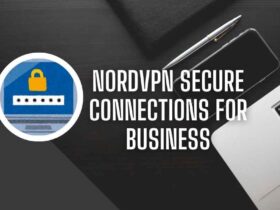
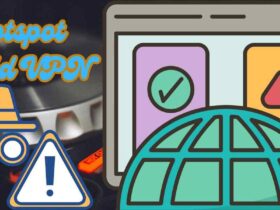

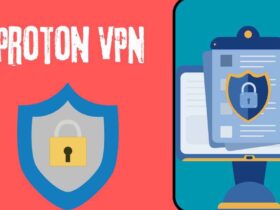



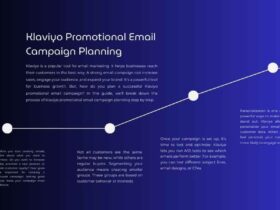
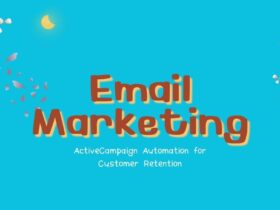
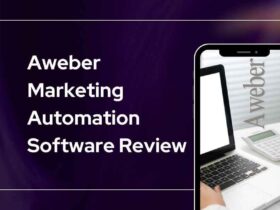
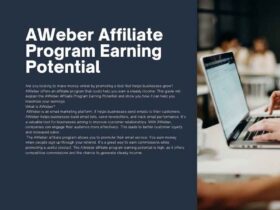
Leave a Reply